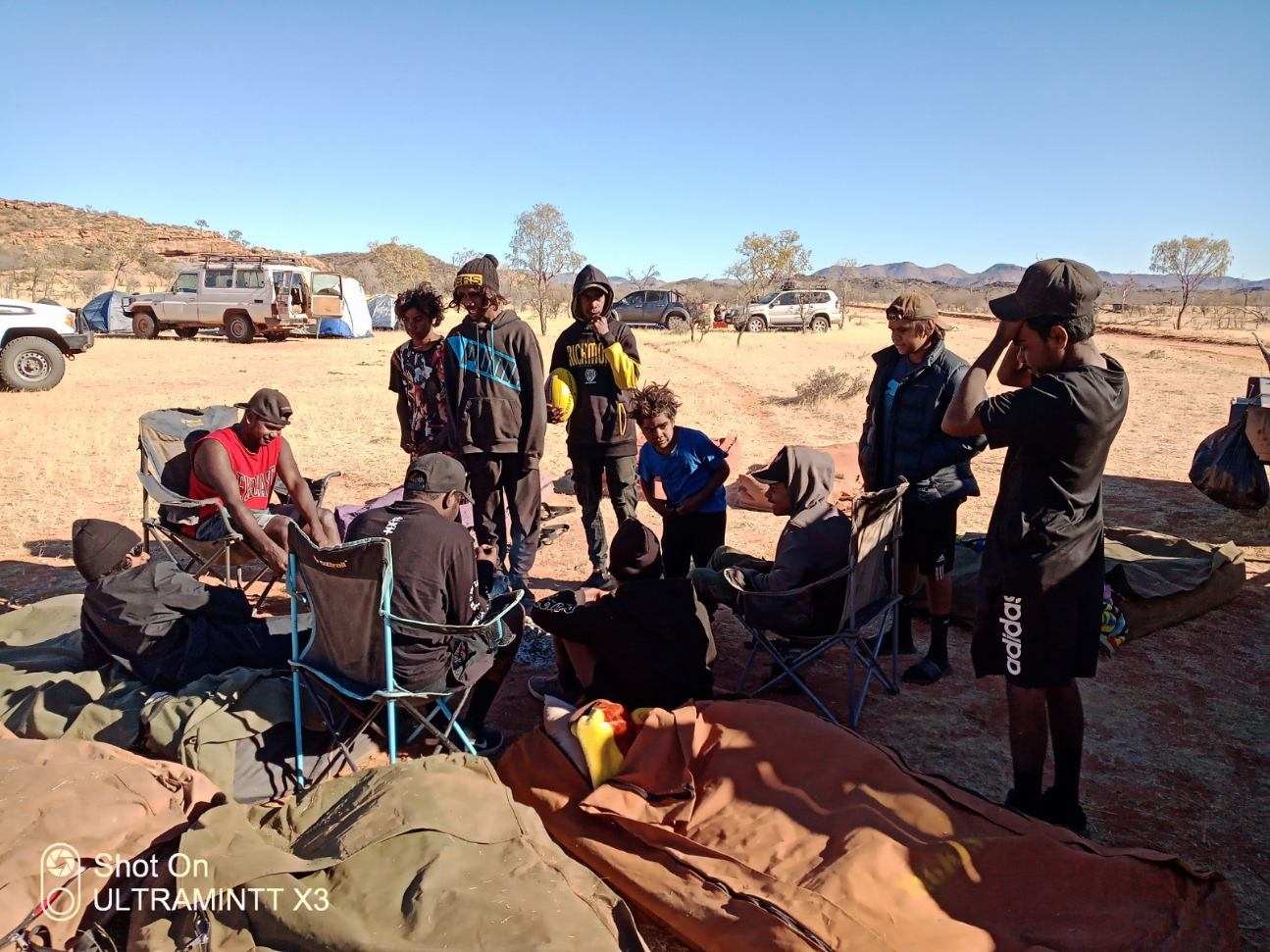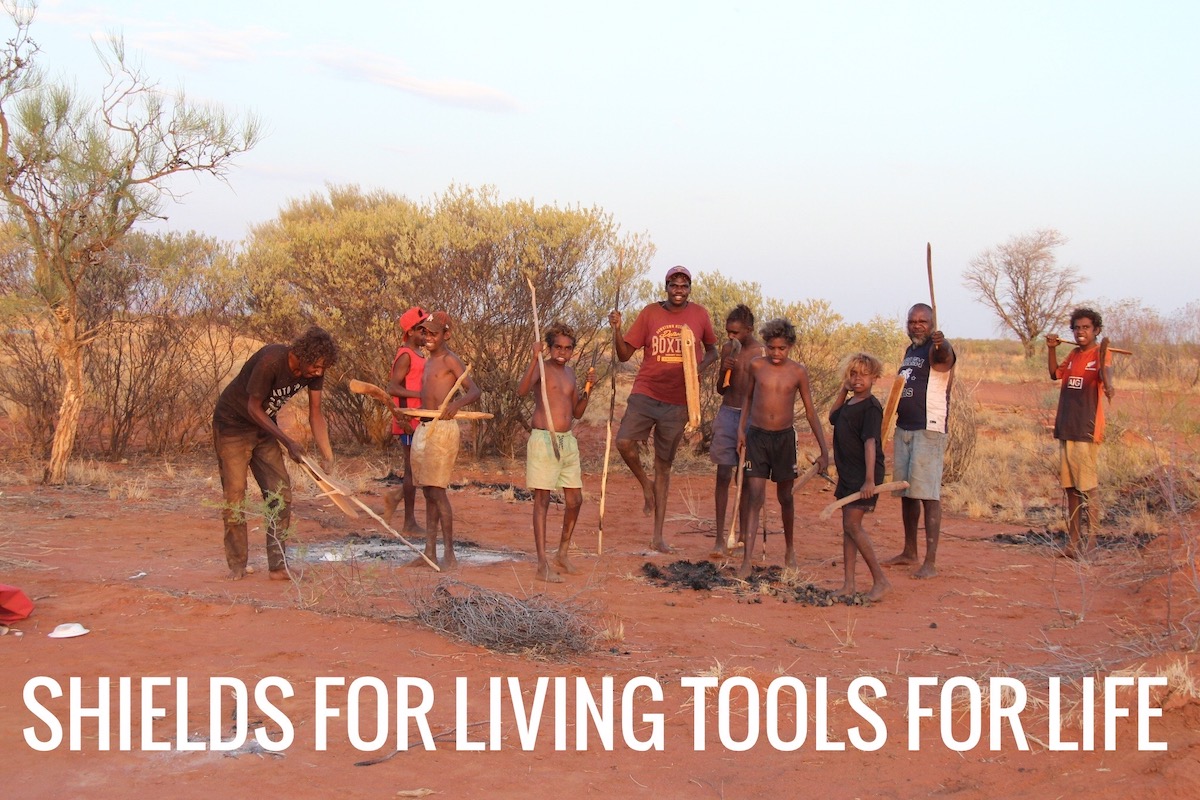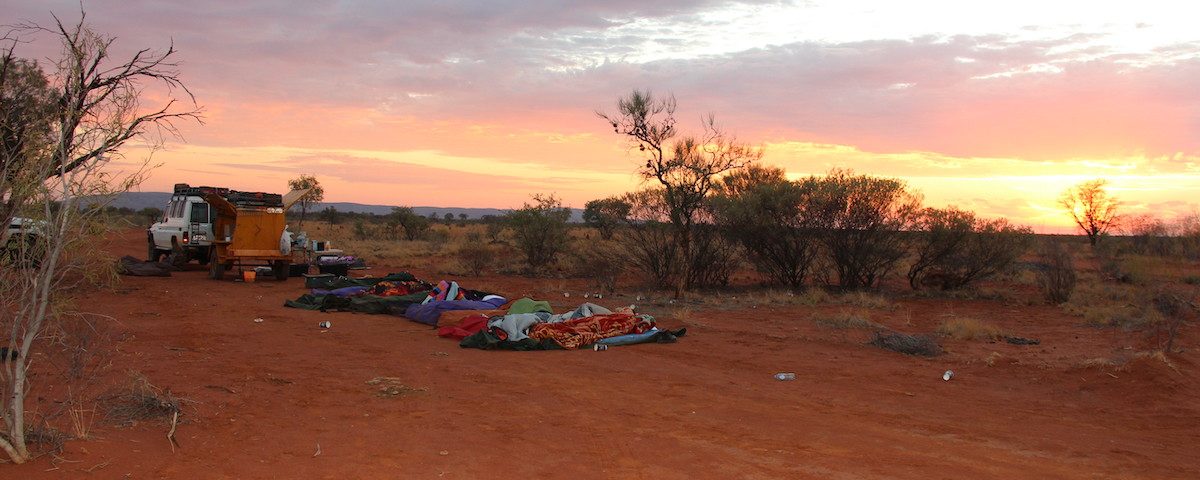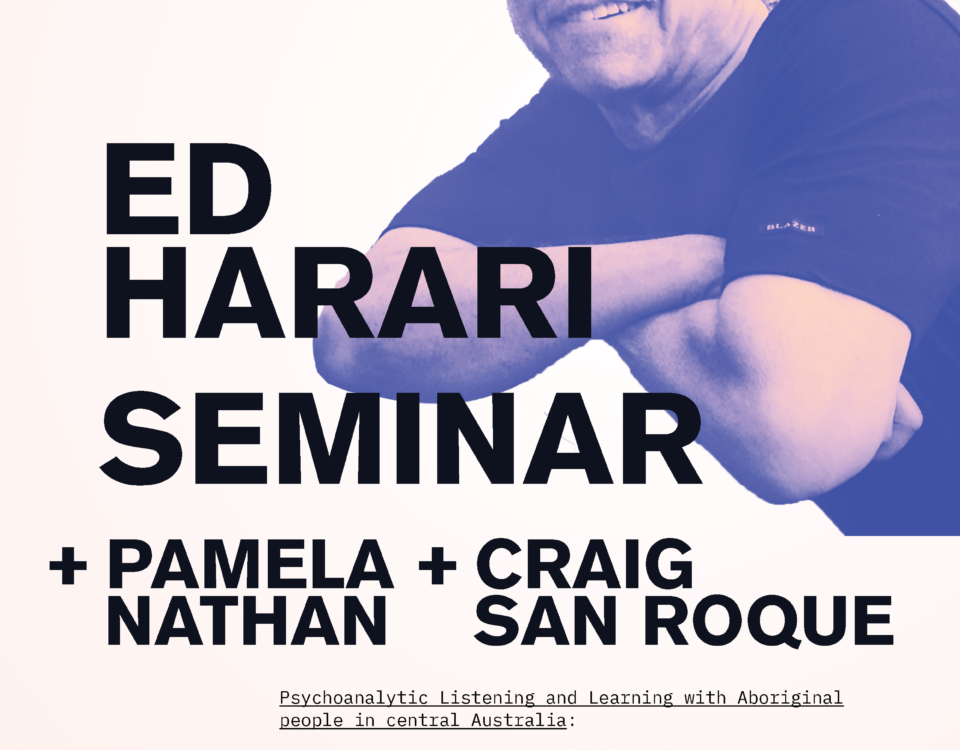
CASSE Newsletter – December 2020
December 21, 2020
Bighouse Dreaming: A Declan Furber Gillick yarn
May 13, 2021By Pamela Nathan
I was honoured to have my recent paper, ‘Awakenings on Ancestral Lands‘, published in Issue 17 of Psychoanalysis Downunder, the online journal of The Australian Psychoanalytical Society.
Following is the Introduction to this paper:
Introduction
Background: psychic trauma and socio-political turmoil
Creating a Safe Supportive Environment (CASSE) work began in the relentless, suffocating heat of the summer of 2012 in Central Australia. I fell into the furnace of the molten coalface of the lives of Aboriginal people, fringe dwellers, who walk the streets of chopped down trees at night, neither sleeping nor dreaming, with no place to be, night patrols cruising, drowning their sorrows, facing cruel condemnation in the courts, fighting to the screaming noise of the singing cicadas, their pain suppressed, their hopes repeatedly whiplashed and dashed, and found the word trauma was deleted from my mind. Mindlessness and indigestible panic prevailed; Terra Nullius and the shameful heat of it all.
What do we know of this world, this war zone, a veritable Holocaust created, unleashed and disavowed by Whitefellahs, when they declared the continent of Australia Terra Nullius? The red Centre of Australia, indeed the heart of Australia, is like a bleeding heart of lacerating pain and the blood of those murdered and marginalised, has hemorrhaged throughout the ancestral lands, seeping and congealing into the very foundations of the nation of Australia, which has been built on a colonial crime and a crime against humanity. It has been largely a country of soul murder and not a country of soul making. Fearful rage silenced and silences lament. Only the deafening cicadas mostly make the noise, likened to a psychic noise, making sleep near impossible and wakefulness, an eternal mental indigestion. Aboriginal Dreaming lives on but what might become an Australian dream, remains timelessly suspended, in no-man’s land, which psychoanalyst Ogden (2003, p.3) describes, as a land where there is neither imagination nor reality, neither forgetting nor remembering and neither sleeping or waking up, (and I add, a land where there is no doubt and no hope and no yesterdays or tomorrows and no recognition), which is different to and worse than a nightmare. The opposite of a good dream is not a nightmare but no dreams, where a dream cannot be dreamt (Ogden, 2004, p.859). It is a land in the words of Bion (1984, p.8), of indigestible panic, a panic which can only be evacuated or annihilated but cannot be symbolised or held. It is an empty land. Nightmares are frightening and often marked by fear and murderous rage.
We know all the children in detention in the Northern Territory are Aboriginal. As of June 2019 there were 24 children in detention, 22 boys and 2 girls. Eleven of them are in Don Dale – the centre that the Royal Commission said was not fit to house juveniles and should be closed immediately – and 13 are in Alice Springs youth detention. Sixteen of them are on remand, while eight are sentenced. Sentencing age begins at ten in the NT.
We know that the suicide rate for Aboriginal youth is high, particularly males. We know the suicide rate in the NT is the highest in Australia.
We know domestic violence has ravaged families. More than 60% of assault offences in the NT are associated withdomestic violence. Aboriginal women comprise the highest proportion of victims of domestic violence at 82 per cent. Indigenous females in the NT are almost 22 times more likely to be victims of domestic violence than non-Indigenous females.
What perhaps is less well known is that these rates reflect longstanding trauma of manifold losses, social turmoil and oppression. People are not born mad or bad and often become bad when sad and their pain is unrecognised.
For the Aboriginal people of Central Australia, a 60,000 year old civilisation has been challenged first by colonialism and dispossession from their traditional lands, followed second by modernity’s affront to traditional ways of life, including their homeland and interdependent relationship with the land. More recent challenges have come from government intervention. Successive governments – promoting assimilation – developed missions, settlements, and interventions, including those in which “stolen generations” of children were removed from families under the guise of protection. Then in 2007, the Federal Government enacted the Northern Territory National Emergency Response Bill, in the name of protecting children from abuse, giving the Federal Government wide control over Aboriginal lands, families, Law and community governance and services. Currently, there is a changing landscape in policy and programs in the NT and Canberra. whereby government policy is now in support of local, community driven, cultural programs. NT Families, in response to the Royal Commission into the Protection and Detention of Children in the Northern Territory, have developed and funded a major program for at- risk youth called Back on Track, in the attempt to reduce criminality and to provide alternatives to detention. As part of this program, CASSE will deliver a six month targeted therapeutic/cultural program delivery for youth and families- Shields for Living, Tools for Life– and if the program is successful indications are that funding will continue.
Traditional Aboriginal culture has indeed been severely ruptured (Lear, 2007), but nonetheless survived and is transforming. Tjukurrpa [honoring the Aboriginal preference, in the words of Green, (2012, p. 177) not to be translated], Aboriginal Dreamtime or from the Dreaming, remains fundamental to the Aboriginal view of reality, albeit to varying degrees. Tjukurrpa refers to Aboriginal understandings of the world and its creation, and to the Dreaming stories of the ancestral beings which matrix the land with dreaming songlines. It provides the fundamental source of identity and Being. Traditional Aboriginal Law (laws), ancestral lands, and ceremony continue to have an important place in cultural life.
This is the ground on which we are working. What do Aboriginal people say about it? Over the years, they have spoken to us about their “hurting hearts”, of “weakened spirits” and of the need to “wake up strong”.
An Aboriginal leader, JJ, told us: “We all throw up our hands, we live under constant threat and constant sorry business and everyone asks ‘what to do?’ as the gaols and the hospitals are all full and our people are homeless.”
Another leader, S, wearily declared: “The cycle continues and it gets wearing.”
JJ continued: “People are never happy. There is so much constant sorry business, always problems. People are deadened or despairing.”
As Kumunjayi Granite said: “I speak your language but you don’t speak mine”.
One mother whose child was removed said: “They’re ‘hurting’ if they are not with their mothers. They want to be with them!” Another woman went on to say in an anguished voice: “The mother wanted to be with her son and the son wanted to be with his mother.”
Many Aboriginal people say they want their children to be with them, to rehabilitate on country with their leaders and families and not have them detained far away in detention. As one Countryman said: “We want our young people to pick up their law and culture but too much Whitefellah business being mixed up. Our country is medicine for our people.”
The wounded psychic world of the red Centre, the ‘hurting heart’- at the point of impact of central, first contact – comprises the emotional epicentre of life and death, cultural oppression and cannibalised collision. Anguishing pain, and primordial anxiety become manifest in this psychic world. The immediate trauma and longstanding trauma of colonialism and the racial divide, catalyse disturbances and conflicts, and song line the Dreaming of Australia into a country of breakdown and homelessness. There are however, breakthroughs of hope and vitality that illuminate this bedrock of death. Indeed, this pivotal point of generational impact, can be galvanised at the very centre, providing a critical, crucible from crisis to change.






